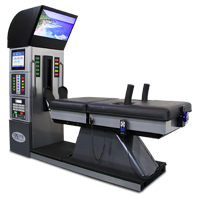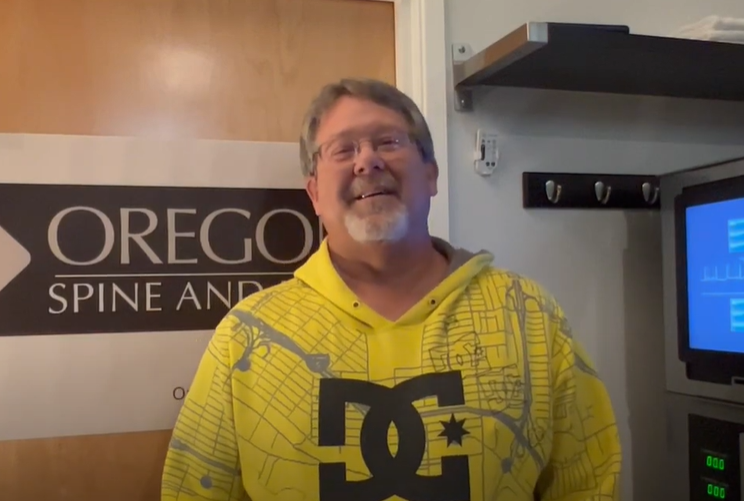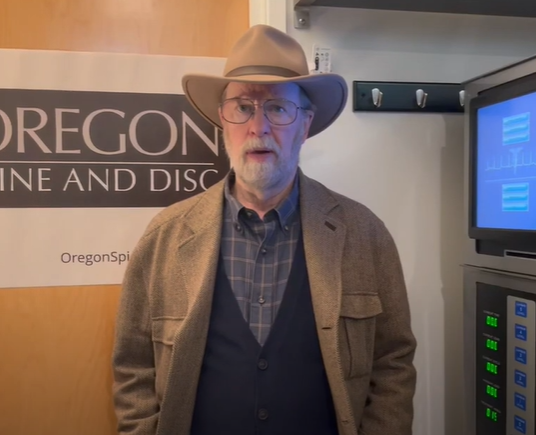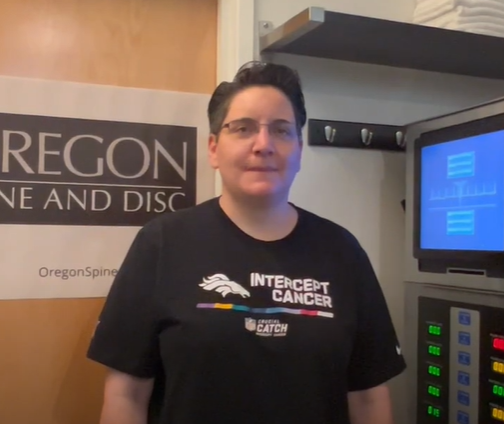We offer the latest cutting-edge technology in the non-surgical treatment of serious lower back pain and sciatica. Our commitment to offering the highest quality of care resulted in the addition of the FDA cleared Spinal Decompression technology for the treatment of back pain due to:
- Herniated Discs
- Bulging Discs
- Pinched Nerve
- Sciatica (leg pain)
- Degenerative Disc Disease (DDD)
- Spinal Stenosis
- Post-Surgical Pain
In the past, a patient suffering from disc problems was usually given pain medications, instructed to refrain from physical activities, referred for physical therapy, and when they weren't progressing they were sent for spinal surgery. Conservative chiropractic care proved very helpful in many cases, yet there have been some cases when surgery seemed to be the only other option... until now.
Today, you don’t have to live with that pain anymore. Thanks to the concerted efforts of a team of top physicians and medical engineers, Spinal Decompression Therapy was developed to effectively treat lower back pain and sciatica resulting from herniated or degenerated discs. Spinal Decompression Therapy not only significantly reduces back pain in many patients but also enables the majority of patients to return to more active lifestyles.




